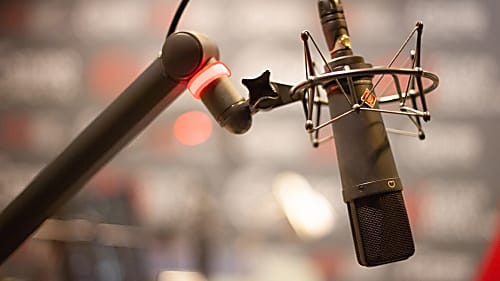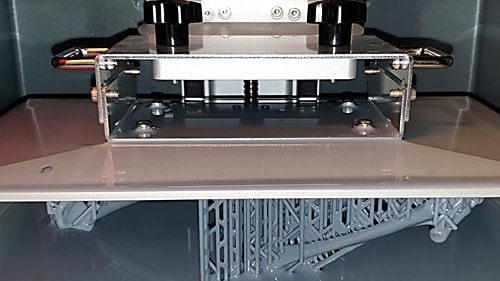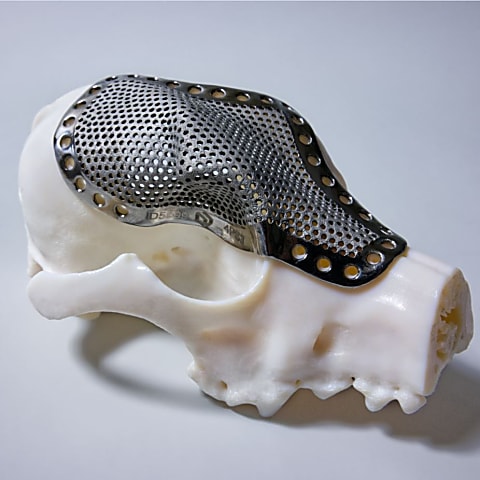“Earlier it was simply unimaginable that physiotherapy can be started with so much prospect.” - interview with Luca Rostás
The innovations at LimesVet can only achieve their goal together with appropriate rehabilitation, so we closely cooperate with physiotherapy experts as well. Luca Rostás, small animal physiotherapist and the CEO of Ebfizio, has helped many of our patients recover. It is also characteristic of her field that many innovations are transferred from human medicine to the treatment of small animals. According to her, the main direction is a non-coercive, cooperative, personalized and holistic approach to physiotherapy, which considers and treats the body and the problem as a whole.








